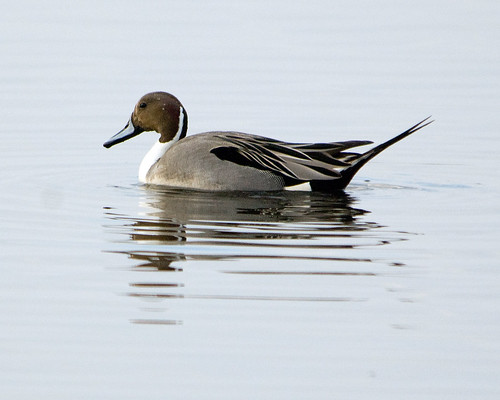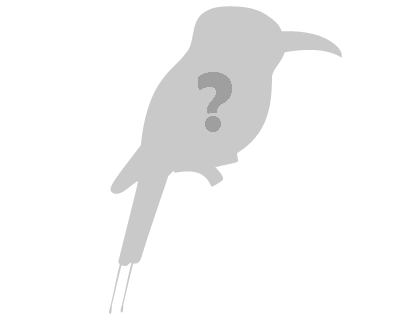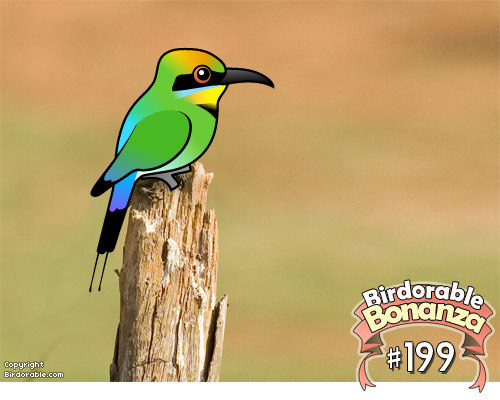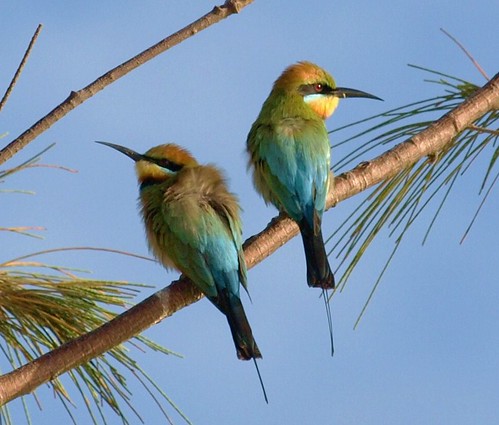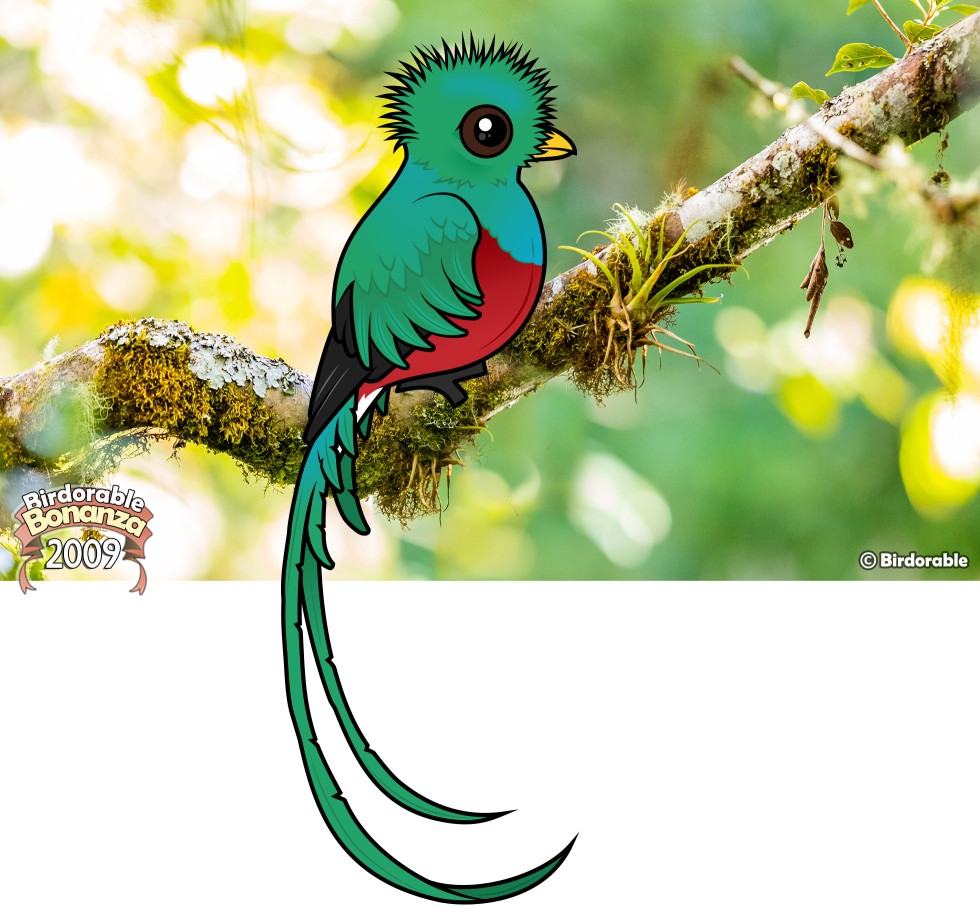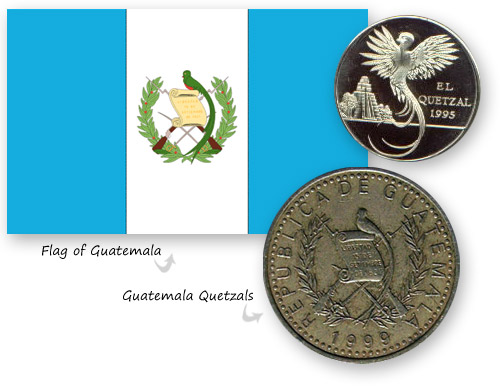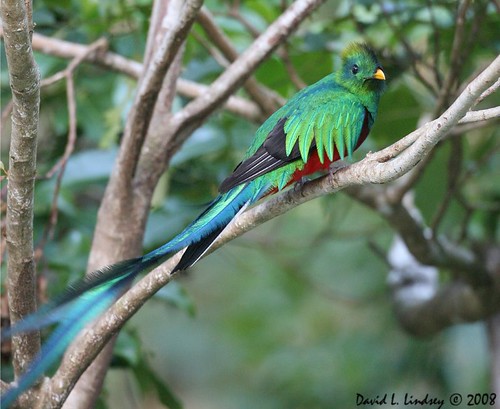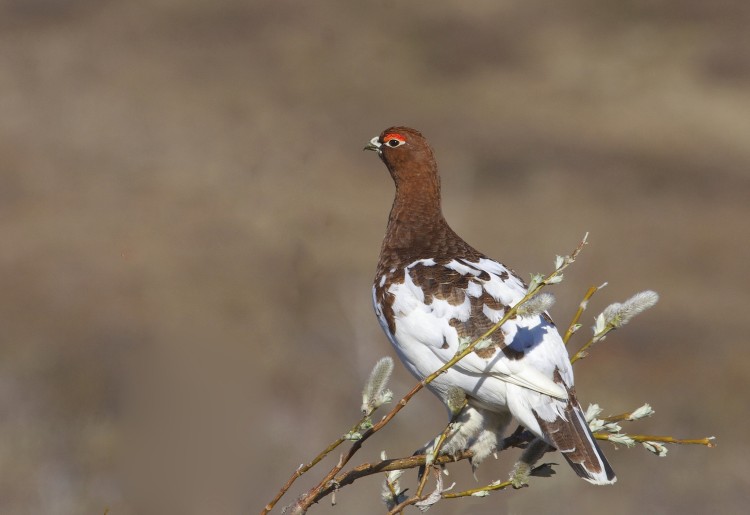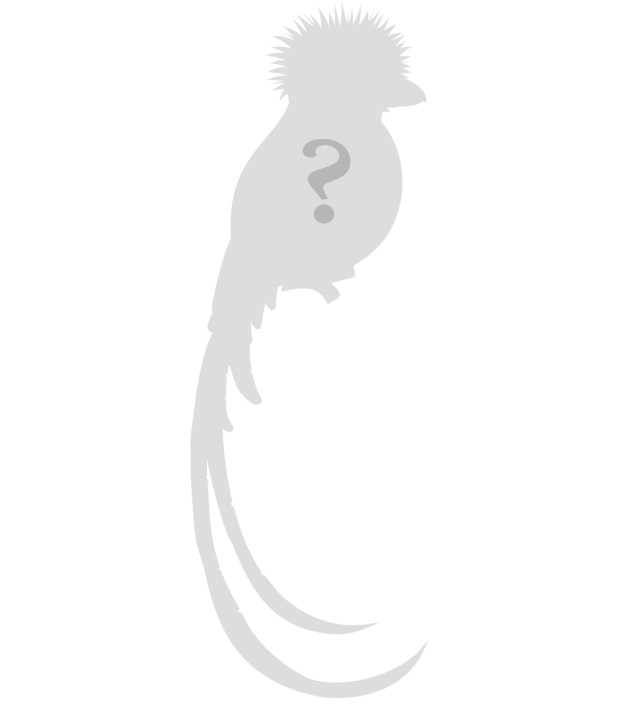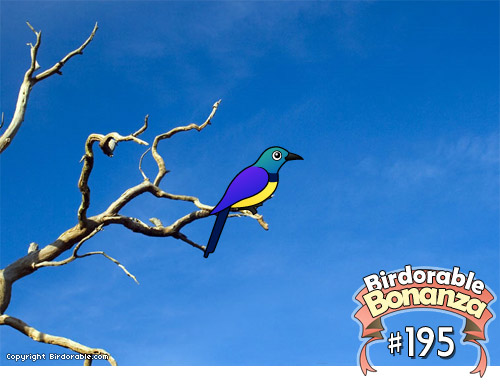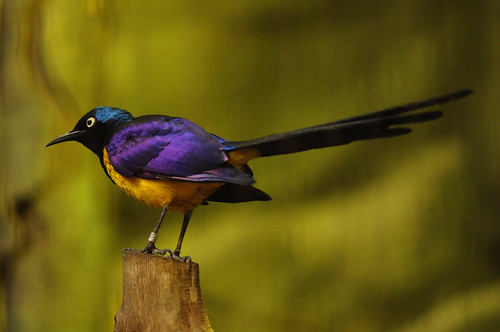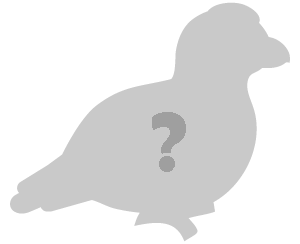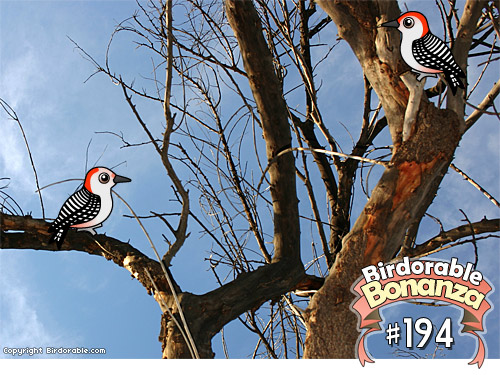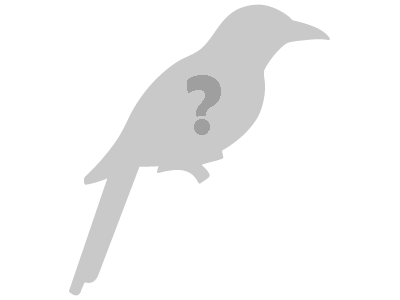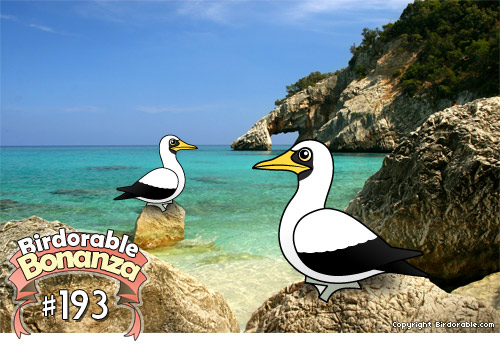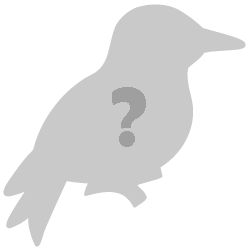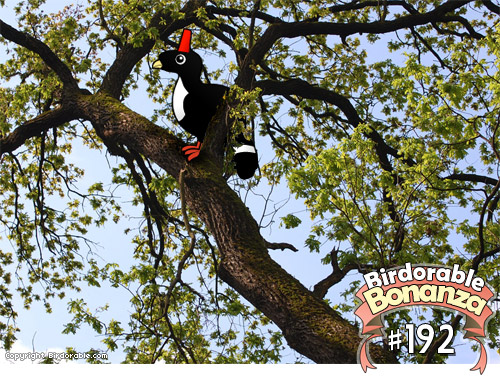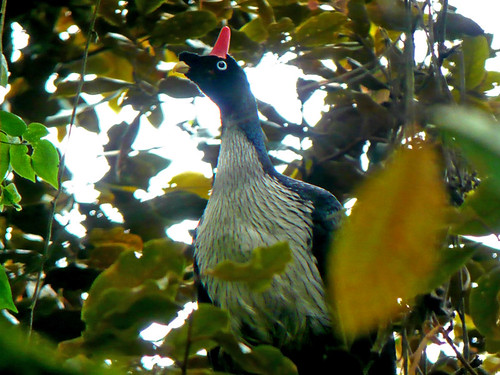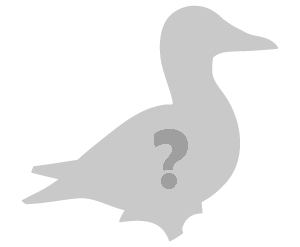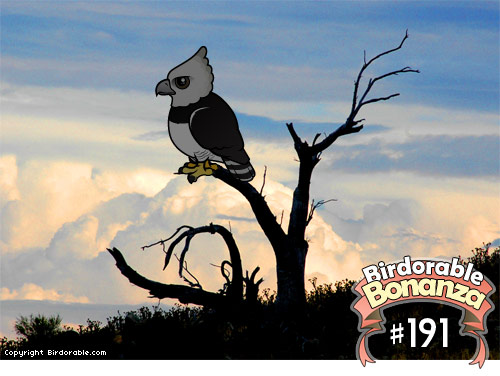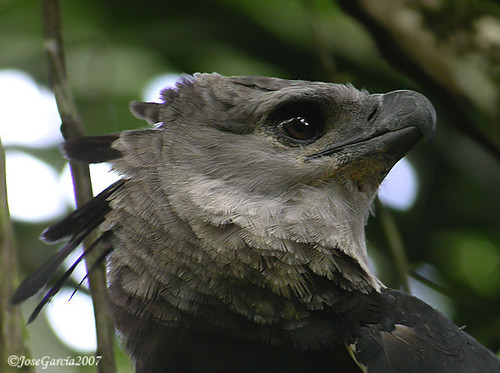
We present you the 200th Birdorable bird: the Dodo. We often get requests for new birds to make and the Dodo has been one of the most requested ones. The Dodo was a large flightless bird in the Columbidae family, related to pigeons and doves. It was found on the island of Mauritius and has been extinct since the mid-to-late 17th century. It is something of an icon of extinction as it occurred in modern times. Our Birdorable Dodo is based on reconstructions of the bird that can be found in museums around the world. We usually show a real photo of the bird here, but with this extinct bird we could find only drawings like this one:
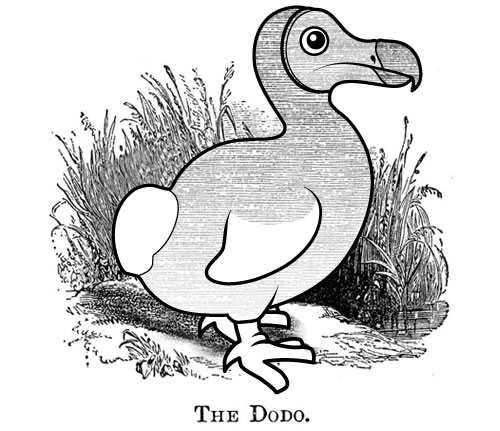
That concludes our Birdorable Bonanza. For the last 17 days we've been adding a new Birdorable bird to the site every day. The sale ends Friday night, so you still have a chance to get some of our cute Birdorable products at 20% to 50% off:
| - Organic Baby T-Shirts - $21.50 to $17.20 - Organic Kids T-Shirts - $25 $20 - Bibs - $12.50 to $6.25 - Organic Men's Fitted T-Shirts - $30 to $21 - Organic Women's Fitted Tees - $30 to $21 - Oval Ornaments - $12.50 to $6.25 - Round Ornaments - $12.50 to $6.25 - Round Magnets - $5 to $3 - Rectangle Magnets - $6 to $3.50 |
- Tote Bags - $24.50 to $14.70 - Mousepads - $15 to $12 - Wall Clocks - 25 to $12.50 - Regular Mugs - $17 to $11.90 - Large Mugs - $18 to $12.60 - Steins - $20 to $14 - Ceremic Travel Mugs - $25 to $20 - Tile Coasters - $8 to $4.80 |



